 |
Don't touch the furry caterpillars
|
|
Hairy caterpillars look harmless enough to reach out and pet, but kids should be taught (and adults should be reminded) to resist any urge to pet a fuzzy caterpillar.
The best known flannel moth and stinging caterpillar in Texas is the puss moth caterpillar, Megalopyge opercularis, commonly called an "Asp." Puss moth caterpillars are teardrop-shaped, and, with their long, silky hairs, resemble a tuft of cotton or fur. Their color varies from yellow or gray to reddish-brown, or a mixture of colors.
The spines, when brushed against the skin, produce a painful rash or sting.
When a puss moth caterpillar rubs or is pressed against skin, venomous spines stick into the skin causing a severe burning sensation and rash.
Click here to check out this summers Bites & Stings blog to learn more about summer hazards
|
|
Case #1
An agent showing a house noticed a musky smell in the house. Before his potential buyers arrived, he decided to look for the source of the smell. When he opened the garage door she found a snake. She closed the door and called the neighbor for help. The neighbor carefully relocated the snake. The agent called the Poison Center to ask if there is a snake that puts out a musk smell. The agent was told that water moccasin snakes do emit a musky smell as a defense mechanism.
Case #2
A parent called after her child ate a whole bottle of gummy vitamins. The parent had never thought of keeping them locked up since these were over the counter.The parent was informed that ALL should be locked up and out of sight of children. The child was able to get treatment from home.
|
|
|
 |
Think about this for a minute. Every year thousands of children are hospitalized-and some die-after taking medicine not meant for them.
Toddlers are tempted by colorful pills that look like candy.
Teen prescription drug abuse is becoming a very serious problem in our country today. Now answer this question; Are your medications stored safely in your home?
If you have toddlers, teens (including their friends), kids with special needs, or really any adults you don't know in and out of your home, this is a risk.
Below are some suggestions from the Texas Poison Center Network for
how to safely lock up medications at home.
Medicine Cabinet:
- Medicine cabinets provide convenient, concealable storage for everyday items you want nearby.
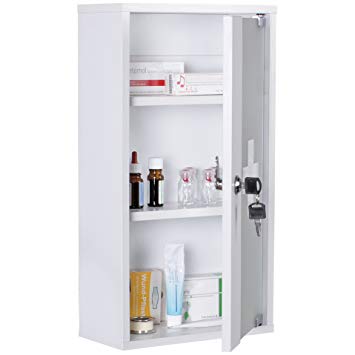 There are a variety of options. You could go with a wall-mounted cabinet that protrudes from the wall. The price may vary depending on how you'd like to incorporate it into your bathroom or living area. There are a variety of options. You could go with a wall-mounted cabinet that protrudes from the wall. The price may vary depending on how you'd like to incorporate it into your bathroom or living area.- While medicine cabinets provide easy-to-reach storage, that storage can be somewhat shallow, which limits what and how much can go inside. If you need storage for large, bulky items, the medicine cabinet won't be the right solution.
- Keep in mind that the bathroom is susceptible to high heat and humidity which may have an effect on the chemistry of your medications.
Medication Lockbox:
- The medication lock box is commonly used to keep over the counter and prescription medications out of reach and out of sight of children.
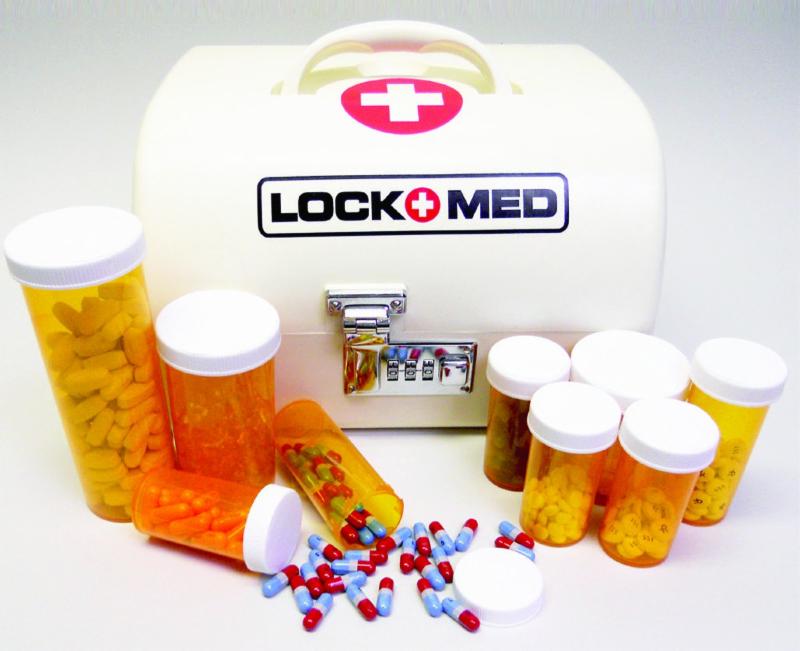
- There are many different models and sizes to choose from, so you can select a lock box that will fit your specific needs. The entire box can then be stored out of reach of children.
- Be mindful that medication lock boxes can still be broken into or can malfunction if defective.
Kitchen cabinet:
- It is important that you consider safety if deciding to store your medications in your kitchen. Everyone' s home is different so it is important to be able to safely store your medicines in a place that makes sense.
- The kitchen can be a good place to store medications, as long as you keep them away from heat sources (such as too close to the stove and oven) and in a lockable container or door with a key.
- There are a wide variety of locks you can add to your kitchen cabinet to ensure that your medications stay out of sight, and out of reach of children.
Tools to lock cabinets or drawers:
 Magnet lock:
Magnet lock:
A latch with a strong magnet is installed inside the drawer, which prevents it from being opened. When you place the companion magnet near the drawer, the latch is released and you're able to pull the drawer open.
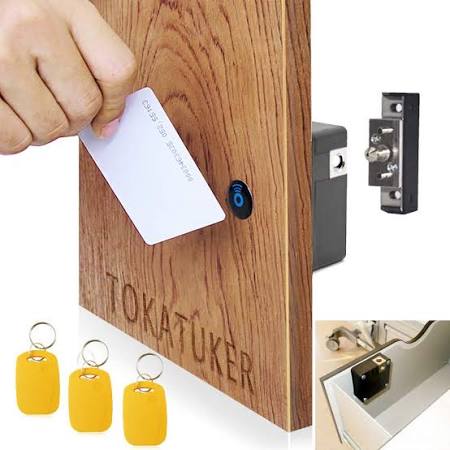 Electronic cabinet lock:
Electronic cabinet lock:
This hidden lock works with a programmed card/tag which unlocks the cabinet without touching. It a discreet way to lock cabinets and drawers. Keep your medications safe and private.
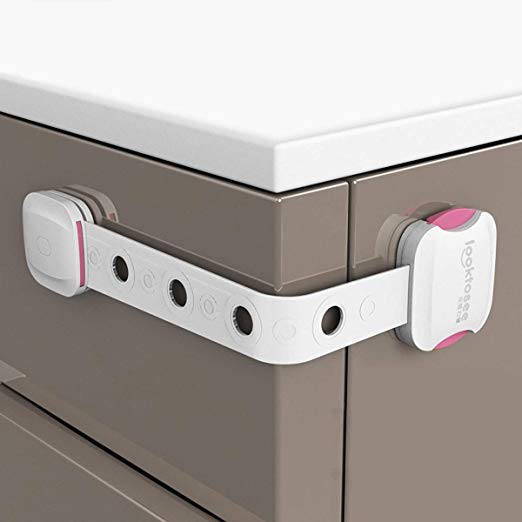 Adjustable safety lock:
Adjustable safety lock:
Simply peel and stick, attaching the plastic locks to all the surfaces you want to secure including drawers, cabinets, and containers.
Just click the button on the door to release the lock.
Sliding lock:
A sliding
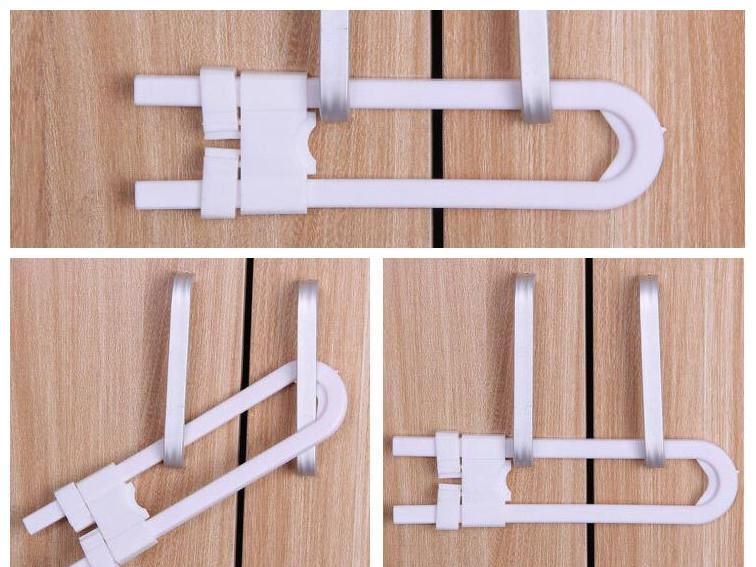 lock goes around two different cabinet knobs or handles. It's a u-shape, similar to a large bike lock. Older children can also figure out the system pretty quickly, so you might have to upgrade to another method once they reach a certain age.
Electronic dead bolt
If you a
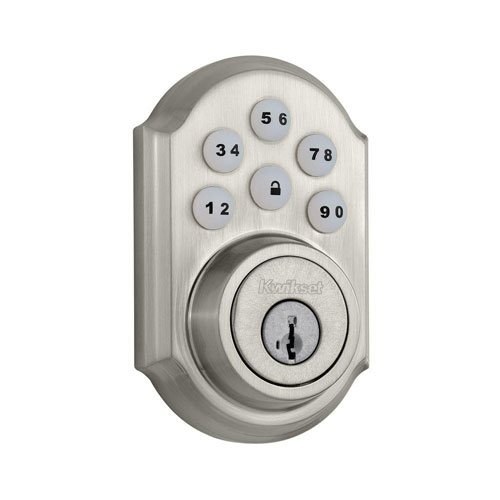 re looking for more space to store potentially dangerous medicines and you have the extra room for it, consider installing this electronic dead bolt to secure your items. This allows you to personalize the code to enter your room, closet or pantry or place of installation.
Keep your medicines out of sight and out of reach. Remember, when accidents happen, we are only a phone call away. If you think someone has touched, swallowed, or breathed in a poison, call for free, confidential, expert medical advice, 24/7/365
|
Want more poison information???
|
|
| |
|